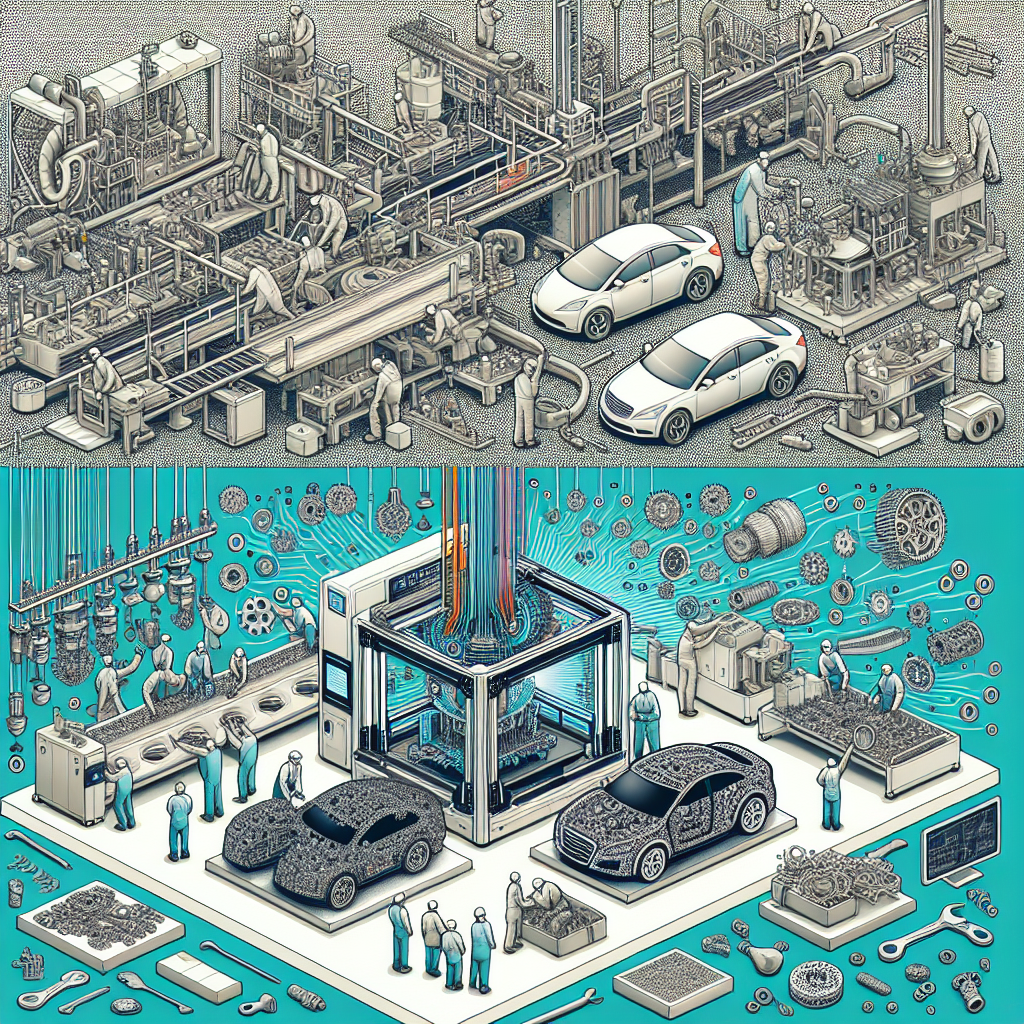The Rise of 3D Printing in Manufacturing
The manufacturing industry has witnessed numerous technological advancements, but none have had as profound an impact as 3D printing. Over the past decade, this innovative technology has evolved from a niche prototyping tool to a disruptive force transforming various aspects of manufacturing. 3D printing, or additive manufacturing, constructs objects layer by layer from digital models, offering unparalleled flexibility, efficiency, and cost savings.
History and Evolution of 3D Printing
3D printing technology dates back to the 1980s when Chuck Hull invented stereolithography, a method that uses ultraviolet light to cure liquid resin into solid plastic. Since then, numerous other techniques like fused deposition modeling (FDM), selective laser sintering (SLS), and electron beam melting (EBM) have emerged, each offering unique advantages.
Applications of 3D Printing in Manufacturing
Prototyping
One of the earliest and most widespread uses of 3D printing is in rapid prototyping. Engineers and designers can quickly create physical models of their designs, allowing for real-world testing and iteration. This speeds up the product development cycle and reduces costs associated with traditional prototyping methods.
Custom Manufacturing
3D printing enables the creation of customized products tailored to individual needs. In industries like healthcare, this has led to the development of patient-specific medical devices and implants. Similarly, in the consumer market, bespoke products like custom-fit footwear and personalized jewelry are gaining popularity.
Tooling and Production
Beyond prototyping, 3D printing is increasingly used to produce end-use parts and tooling. Manufacturers can create complex geometries and lightweight structures that are difficult or impossible to achieve with traditional methods. This is particularly beneficial in the aerospace and automotive industries, where reducing weight can lead to significant performance and fuel efficiency improvements.
Advantages of 3D Printing in Manufacturing
Reduced Lead Times
Traditional manufacturing processes often involve lengthy lead times due to tooling, setup, and production runs. 3D printing bypasses many of these steps, allowing for on-demand production and significantly shorter lead times.
Cost Savings
By eliminating the need for expensive molds and tooling, 3D printing can reduce production costs, especially for small-batch and custom manufacturing. Additionally, material waste is minimized since the process uses only the material needed to create the part.
Design Flexibility
The layer-by-layer construction of 3D printing allows for intricate designs and complex geometries that are not feasible with traditional manufacturing methods. This design freedom enables innovation and optimization, leading to better-performing products.
Sustainability
3D printing contributes to sustainability by reducing material waste and energy consumption. Furthermore, localized production can decrease the carbon footprint associated with transportation and logistics.
Challenges and Considerations
While 3D printing offers numerous benefits, it is not without challenges. Material limitations, production speed, and post-processing requirements can pose obstacles. Additionally, there is a need for skilled technicians and designers to fully leverage the technology’s potential.
Quality control and consistency are also critical considerations, particularly for industries with stringent regulatory requirements, such as aerospace and healthcare. Ensuring that 3D printed parts meet the necessary standards and specifications is essential for widespread adoption.
The Future of 3D Printing in Manufacturing
As 3D printing technology continues to evolve, its impact on manufacturing will likely grow. Advances in materials science, faster printing speeds, and improved software tools will further enhance the capabilities and applications of 3D printing. Integration with other emerging technologies like artificial intelligence and the Internet of Things (IoT) could lead to even more innovative manufacturing solutions.
Moreover, the concept of distributed manufacturing, where production is decentralized and closer to the end user, could become a reality with 3D printing. This shift would revolutionize supply chains, reduce lead times, and promote sustainability by minimizing transportation and warehousing requirements.
Conclusion
3D printing is undoubtedly disrupting the manufacturing industry, offering significant advantages in prototyping, custom manufacturing, and production. Despite current challenges, ongoing advancements in technology and materials are paving the way for broader adoption and greater impact.
As manufacturers continue to explore and implement 3D printing, the industry will witness further innovation, efficiency gains, and cost savings. The future of manufacturing is being reshaped, one layer at a time.

